Hungarian Cabbage Noodles
- 1 head white cabbage, finely grated
- Oil or lard*
- Salt (lots)
- Pepper (lots)
- 1 lb. bow or spiral noodles
 Place grated cabbage in a large bowl and sprinkle liberally with salt. Allow to sit for an hour or two. Squeeze out excess water.
Place grated cabbage in a large bowl and sprinkle liberally with salt. Allow to sit for an hour or two. Squeeze out excess water.
In large, heavy frying pan, heat oil and add cabbage. Cook over moderate heat, stirring, until cabbage is well browned, adding more oil as needed. Some people sprinkle on a teaspoon or so of sugar to help brown the cabbage without actually sweetening it. Season with extra salt and pepper to taste.
Cook noodles, toss together with cabbage and serve in liberal quantities.
Many recipes for Hungarian Cabbage and Noodles also call for a small, finely chopped onion to be fried with the cabbage. I haven’t tried that version but I have added one small, crushed garlic clove and just a pinch of crushed, dried basil just before tossing the cabbage together with the noodles, and it’s one of my favorite taste treats.
* The recipe calls for lots of lard or oil, and the cabbage seems to sop up whatever grease you throw at it. However, I have several times used only the minimum of oil (avocado oil or any other mild, unrefined vegetable oil will work) to keep the cabbage from sticking and burning, and it has come out fine, albeit drier than the traditional version. I’ve used grated cabbage and coarsely shredded cabbage, and the coarser cabbage tends to hold the moisture better. I’ve even used the dry cabbage pulp left over from making cabbage juice in my masticating juicer. It works, too, although, since the pulp is super fine, it is also much drier.
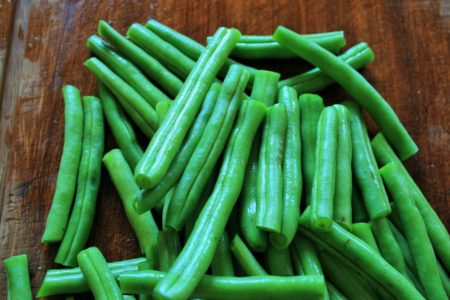
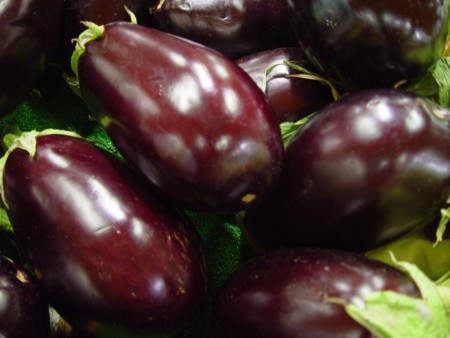
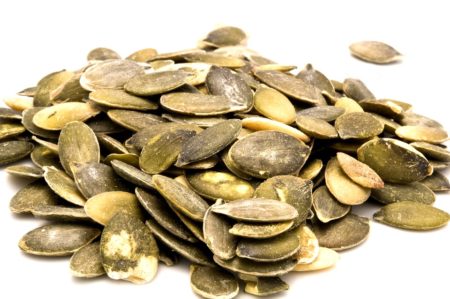
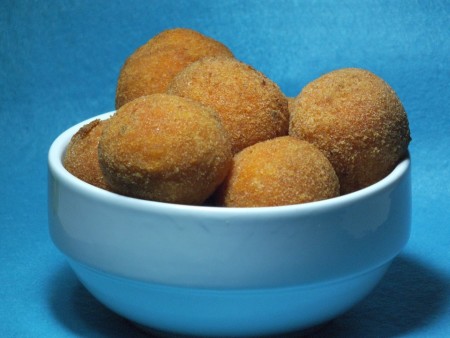
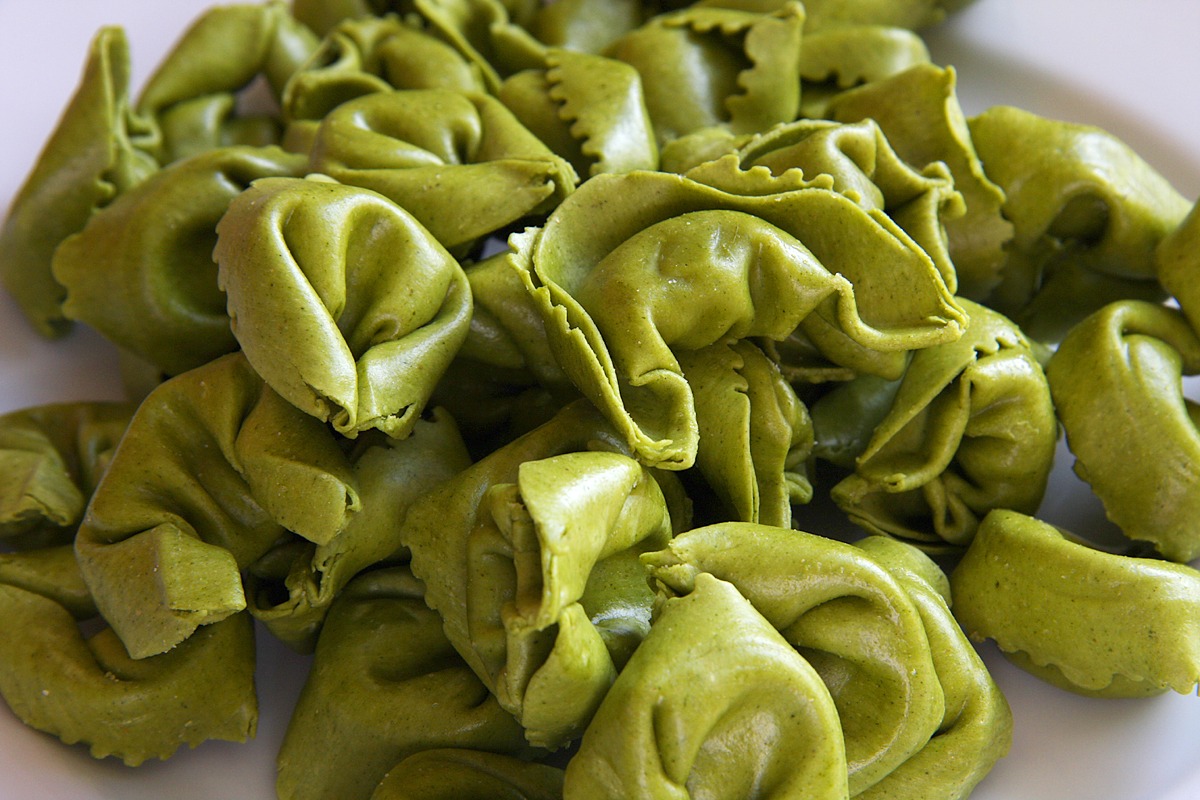
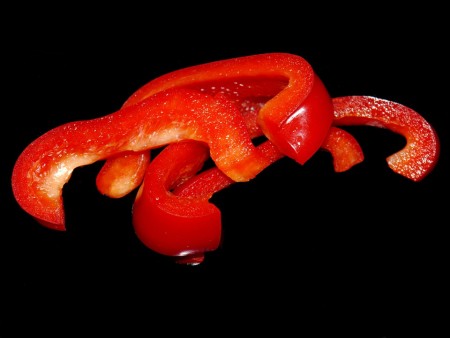
 Place grated cabbage in a large bowl and sprinkle liberally with salt. Allow to sit for an hour or two. Squeeze out excess water.
Place grated cabbage in a large bowl and sprinkle liberally with salt. Allow to sit for an hour or two. Squeeze out excess water.